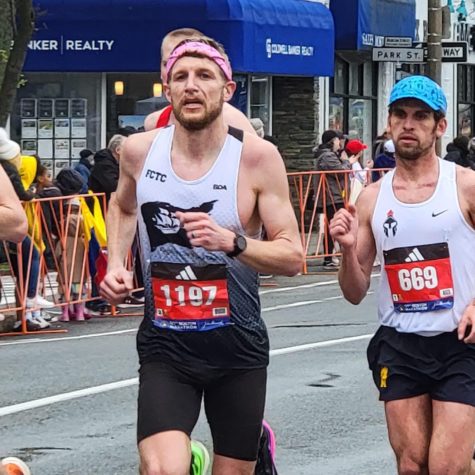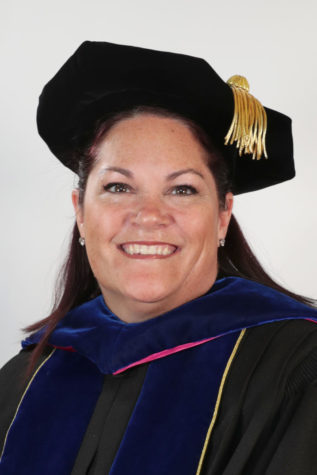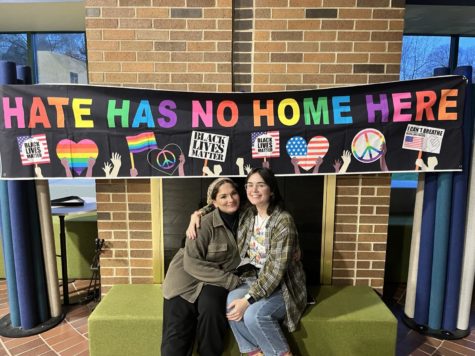Hurst Class Catalog: Indoor Crime Scene Investigation
October 6, 2021
Calling all forensics majors, whether concentrating in biology, chemistry or anthropology, consider taking FRSC-320: Indoor Crime Scene Investigations as a major elective.
Professor Donovan is a retired Pennsylvania State Police Sergeant with almost 40 years of experience on the force. He is currently a part of the Applied Forensic Science Department at Mercyhurst where he also teaches a graduate-level course on indoor crime scene recovery. Who better to teach the class than someone who has real experience in the field and who is so passionate about teaching that he came out of retirement?
Indoor Crime Scene Investigations is a 300-level mini offered every Fall to forensics majors. It is a content-packed course, so interested students must first complete FRSC-340 Physical Evidence and Law, FRSC-150 Intro to Forensic Science, BIO-146 Ecology and Evolutionary Biology, MATH-170 Calculus 1, and CHEM-121 General Chemistry 1. These are already required of forensics majors, so most students choose to take this as a major elective in their third or fourth years. Only one book is required of students, Crime Scene Investigation and Reconstruction by Robert Ogle. This is a helpful book for forensics students and since it is required reading in other forensics classes, students can hang on to it and save money in the future.
Many topics are covered in Indoor Crime Scene Investigations. These include the legal aspects of forensic investigative techniques including search and seizure, warrants, exceptions and boundaries and security of the crime scene. In addition, students will cover the importance of forensic techs as expert witnesses in a court of law. Students will also go over steps of processing physical evidence including types, classification, purpose, preservation and chain of custody.
A variety of types of indoor crime scenes will be explored as well. These are arson or explosion, burglary, robbery, sexual assault and death investigations. While many people think burglary and robbery are the same offense, there are distinct differences as students will learn. Burglary is breaking and entering with the intent to commit a crime inside, while robbery involves theft through forceful or threatening actions towards someone. Students will learn not only the textbook differences, but also how to identify these crimes from a forensics standpoint at a crime scene.
The final week of the class covers crime scene reconstruction, which is fascinating to many students since it has evolved so much over the years from drawings or acting or creative dummy recreations to the present day where the top of the line virtual reality technology is frequently used.
At this point in the semester students are expected to know what to do when they set foot on a crime scene from start to finish including any hazards and security issues they may encounter. Upon completion of this course, students will fulfill the learning outcome of critically analyzing and interpreting past and current research in the forensic sciences. They will also be eligible now to take Death Investigation, a popular elective for forensics majors, which will dive deeper into what they learned in Indoor Crime Scene Investigations.
This course is a critical preview for students considering a career as a CSI.







